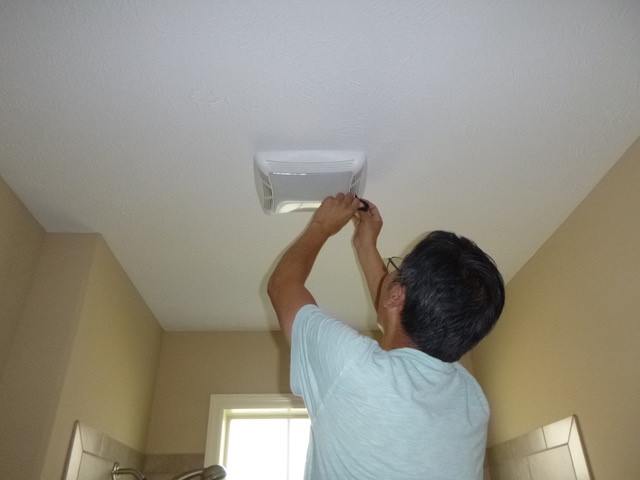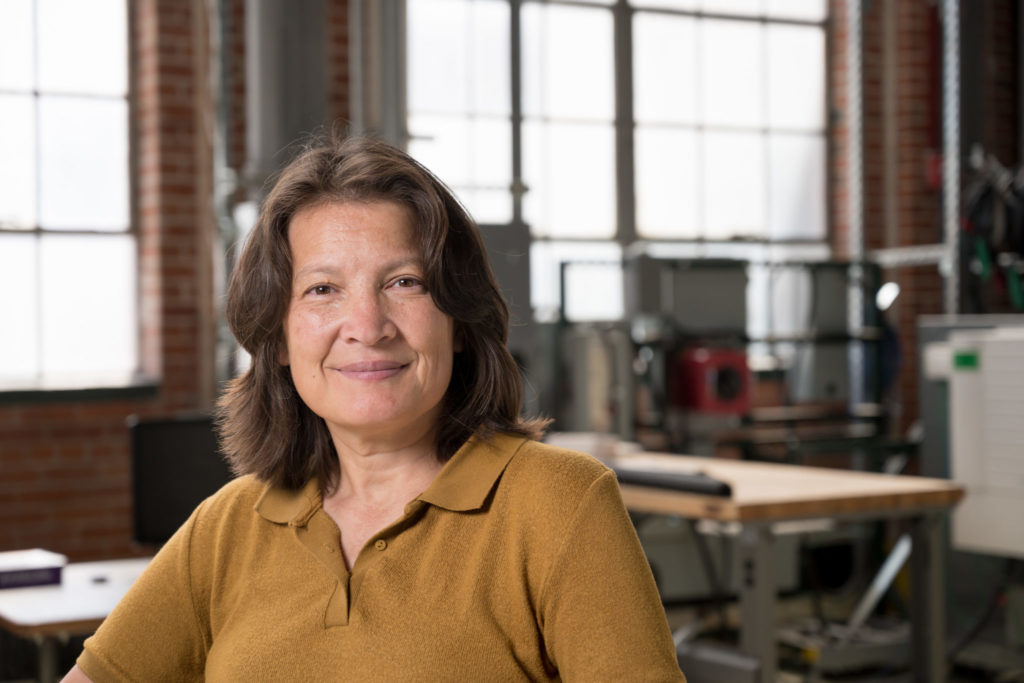In the age of coronavirus, new social distancing rules mean we are spending most of our time at home.
Our homes are our sanctuaries, so we want them to be cozy, comfortable and safe. Being at home even more provides additional opportunities to notice how our homes can stay healthy, clean and safe from contaminants, a group of Colorado State University scientists say.

CSU scientists in four colleges are members of a national academic partnership to advance innovative approaches that promote human health in homes. This collaboration, called the Sustainable Performance of Healthy & Efficient Residential Environments or SPHERE, combines research in air and water quality, public health, energy, building behavior, social sciences, and sensors and data science to benefit the home environment.
A healthier home environment
SPHERE takes a holistic approach to studying environmental contaminants such as pathogens and air pollutants to make homes safer, said Tami Bond, Scott Presidential Chair in Energy, Environment and Health in CSU’s Mechanical Engineering department and a co-founder of the coalition. SPHERE treats the entire household as a system that supports human well-being, and the pandemic situation is an opportunity to highlight how people can improve the health of their homes.
SPHERE researcher and home airflow expert Paul Francisco put together some tips for increasing home health and safety while people are at home and possibly living with illness. (Details are on the SPHERE website.) First, increase ventilation, because people are naturally generating more contaminants while staying at home. Second, there are ways to reduce the air connection between an ill person’s space and the rest of the home using fans to create a “separated zone.” Finally, check that your fans work well and you don’t have big air leaks in your home.
Creating a holistic approach
Bond researches the nexus between personal environments and atmospheric health – that is, how the choices people make at home about energy usage affect their health through air pollution and climate change.

“The long-term vision of SPHERE is to minimize environmental stressors and promote the well-being of home occupants,” Bond said, adding that such a complex system needs expertise in many fields.
“SPHERE people tend to have strong interests in equity, so challenges and solutions across the socioeconomic spectrum are embedded in the coalition’s mission,” she said.
SPHERE affiliates have been working on research integration to improve the home environment since 2016. Participants at CSU include faculty in the Walter Scott, Jr. College of Engineering, the College of Health and Human Sciences, the College of Liberal Arts and the College of Natural Sciences. Other participating universities include the University of Illinois at Urbana-Champaign and Washington University in St. Louis.
The Institute for the Built Environment in CSU’s College of Health and Human Sciences, which specializes in the development of healthy, thriving built environments, is working with SPHERE on videos that spotlight aspects of quality of life at home.